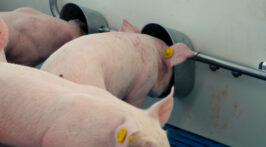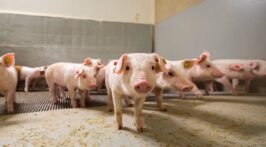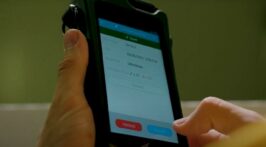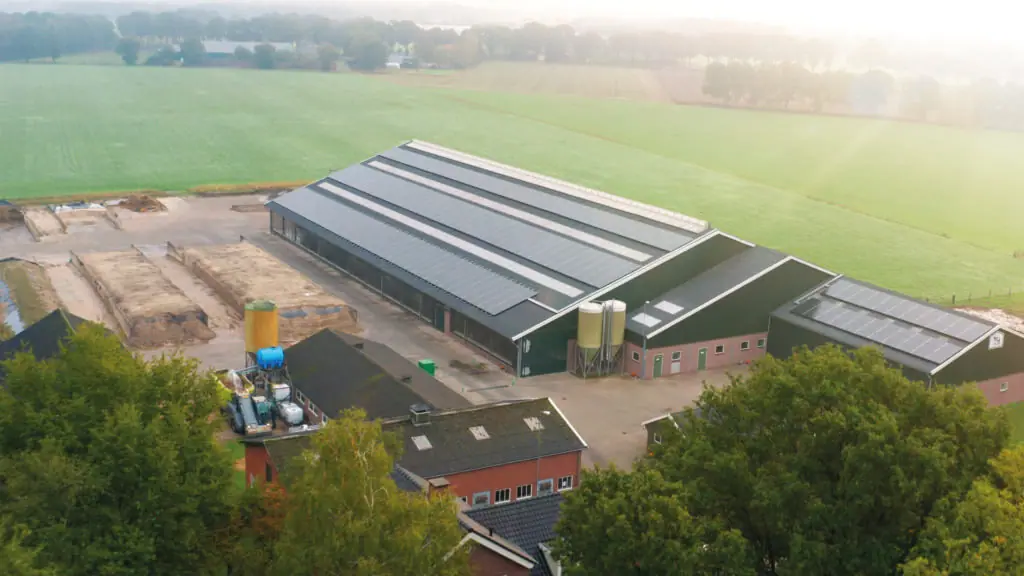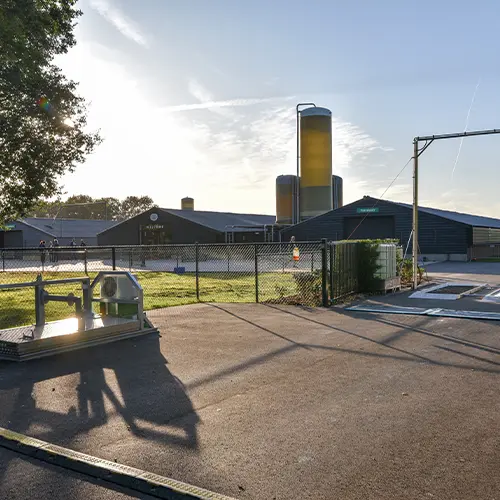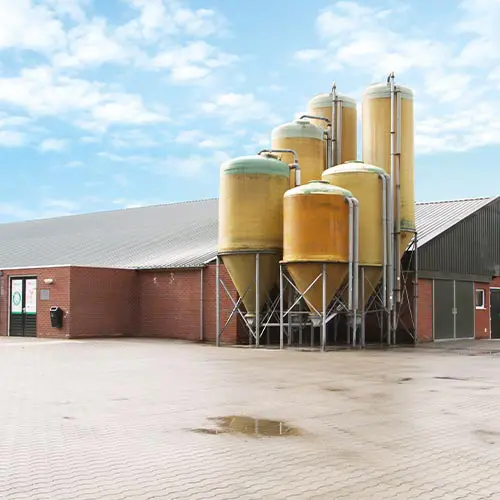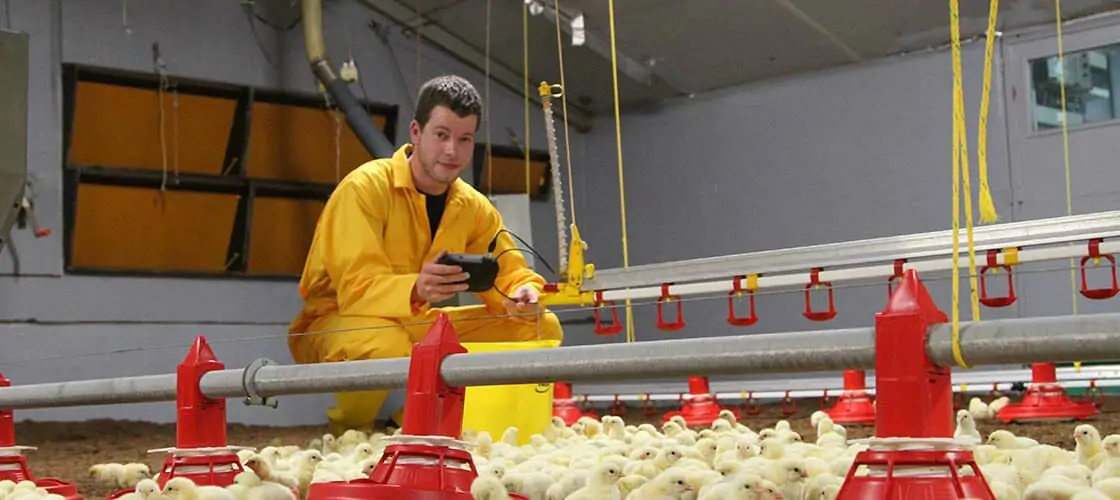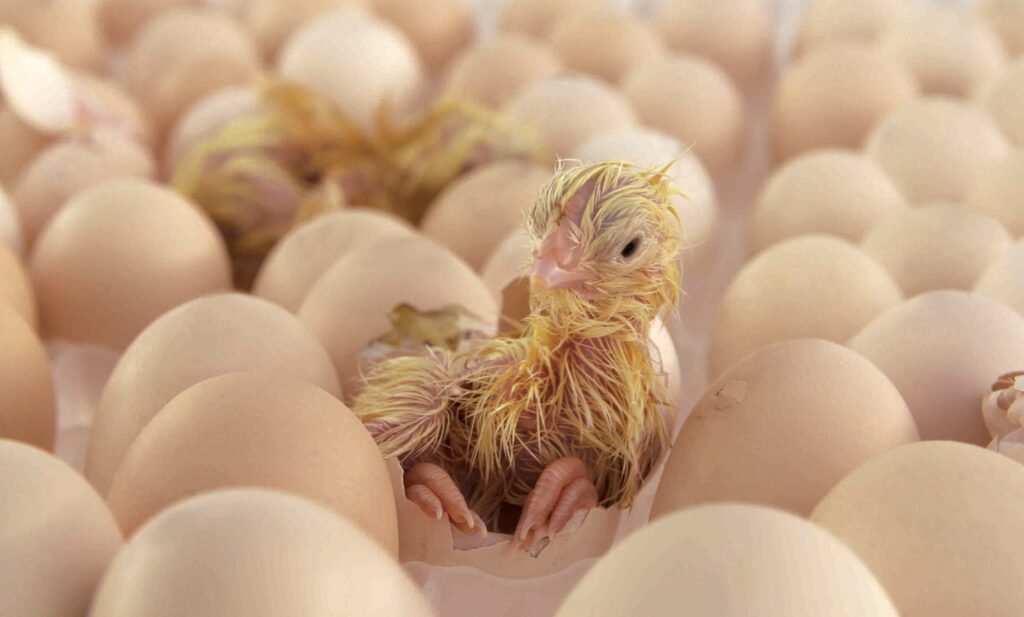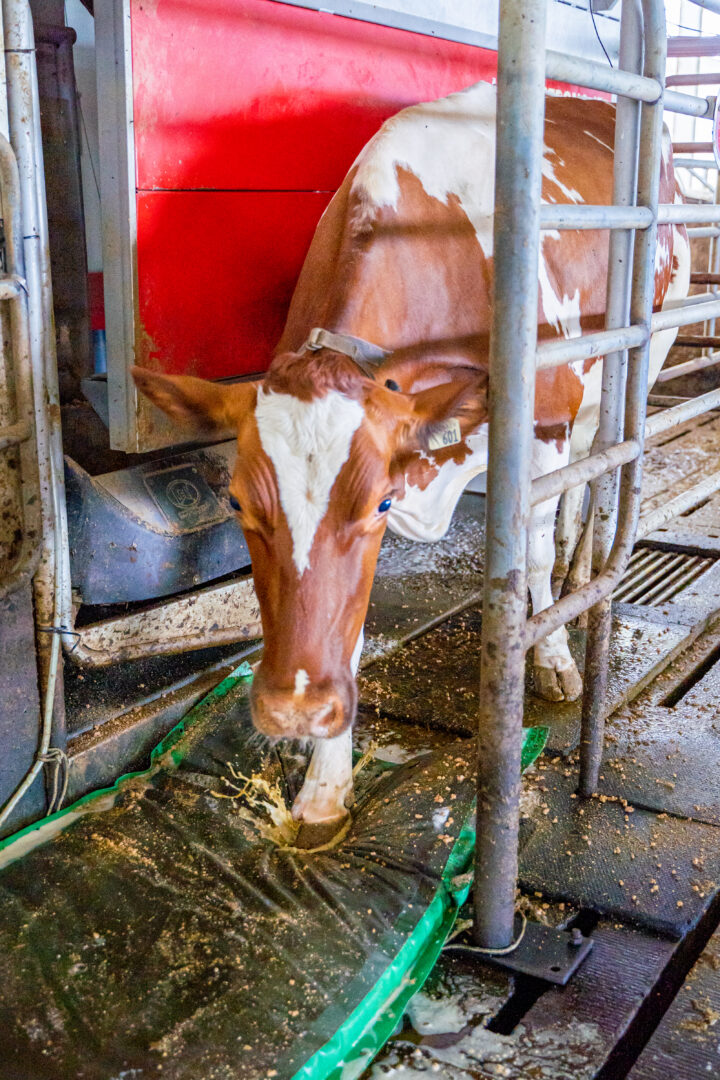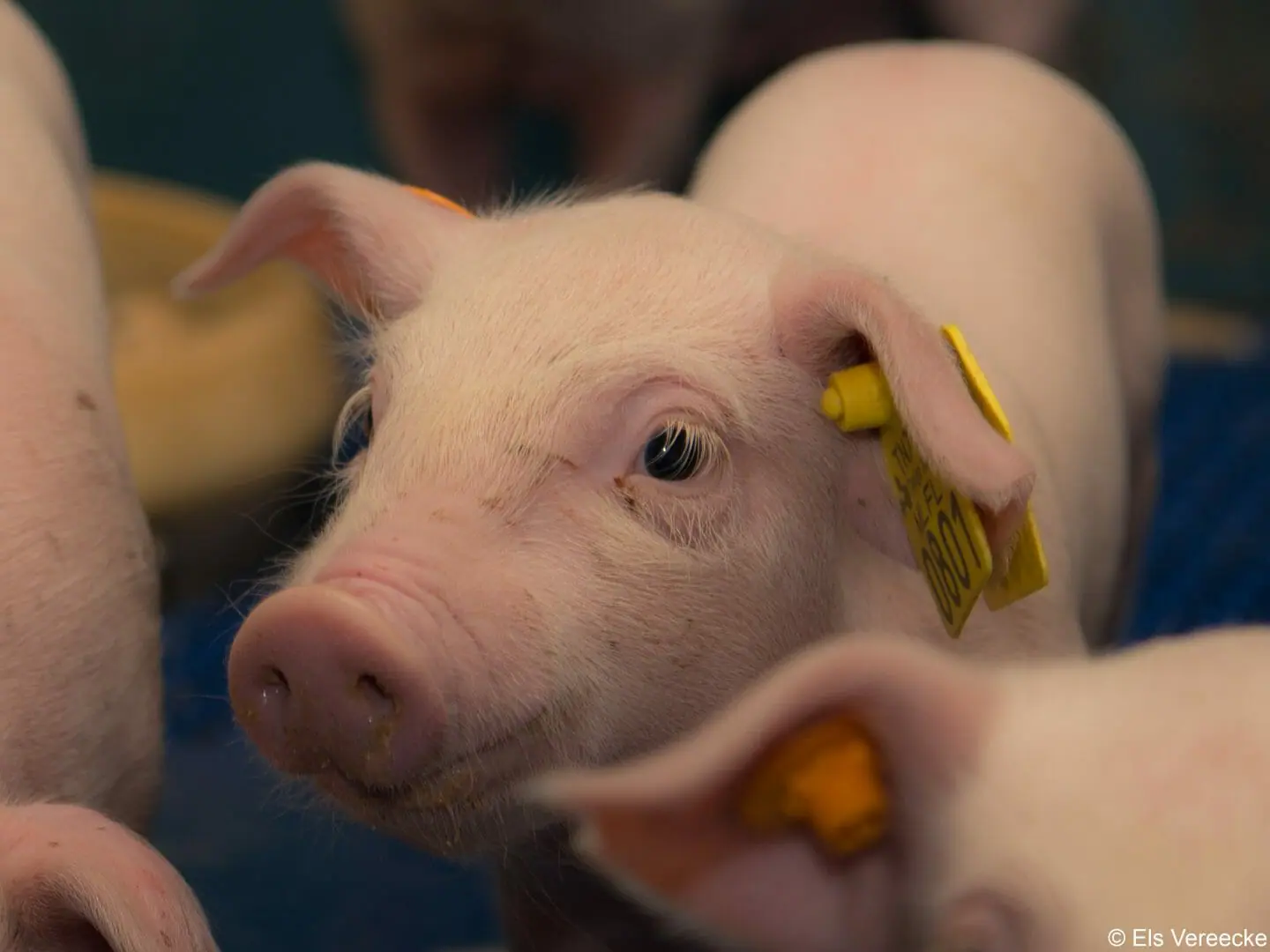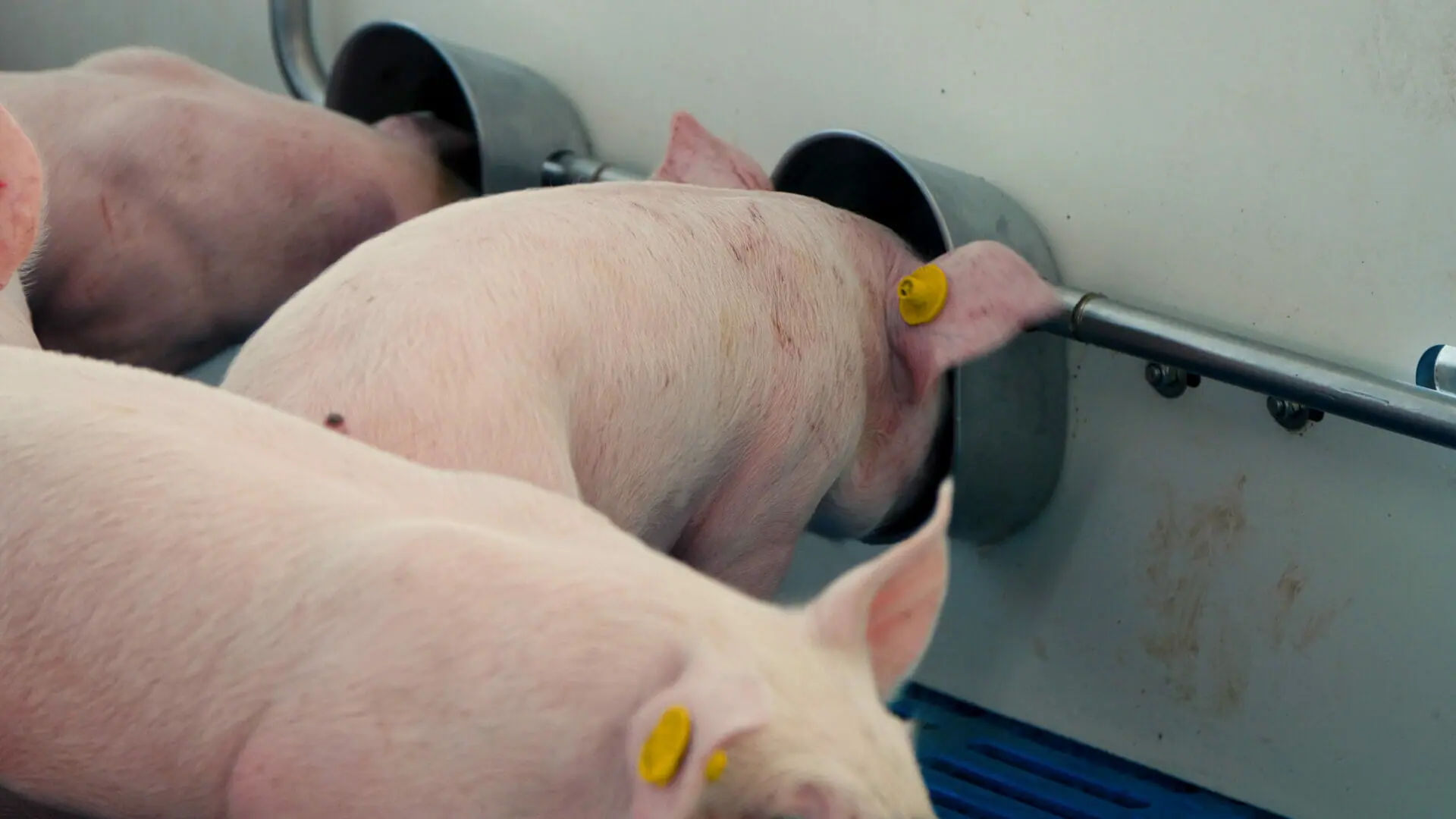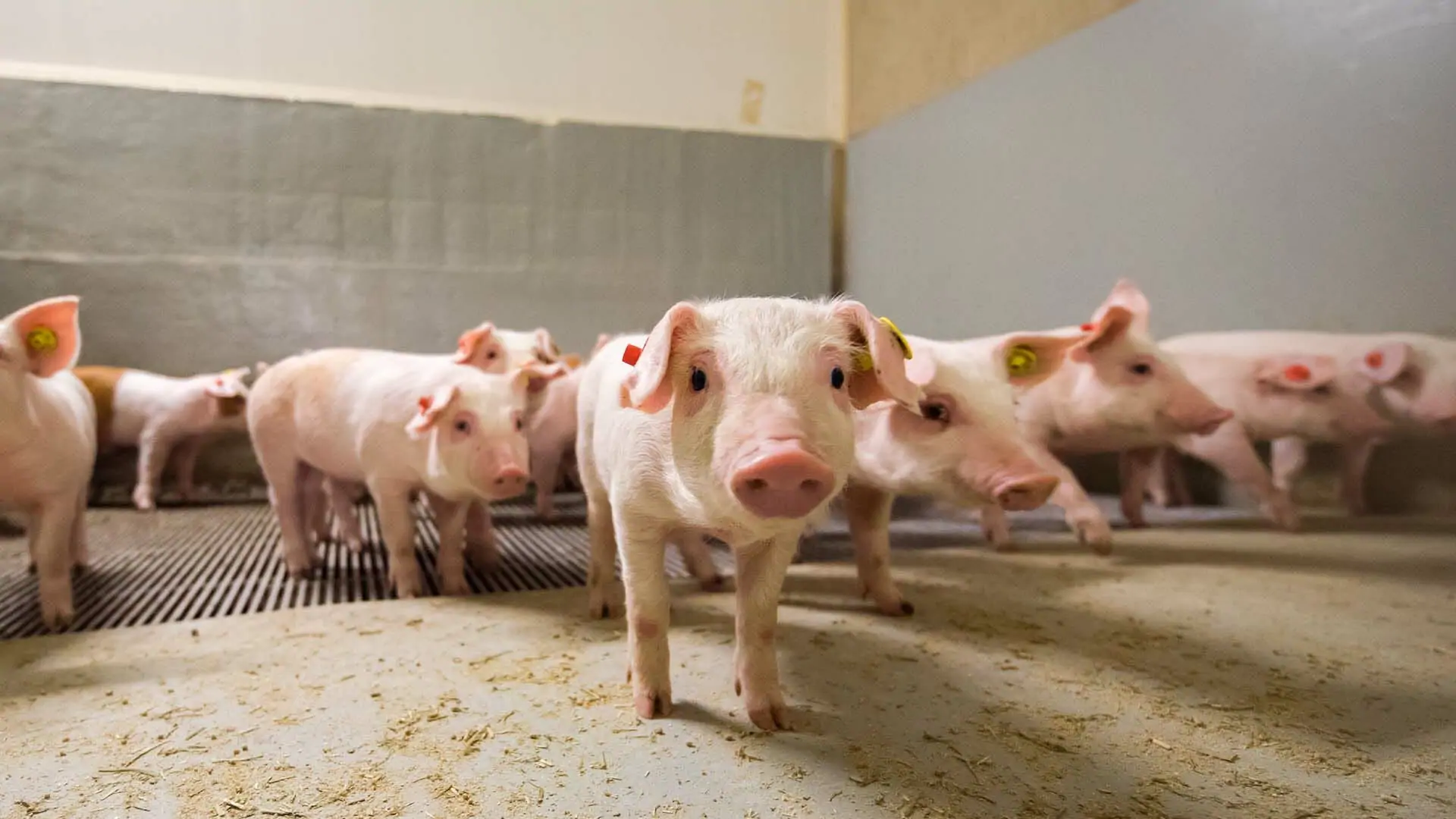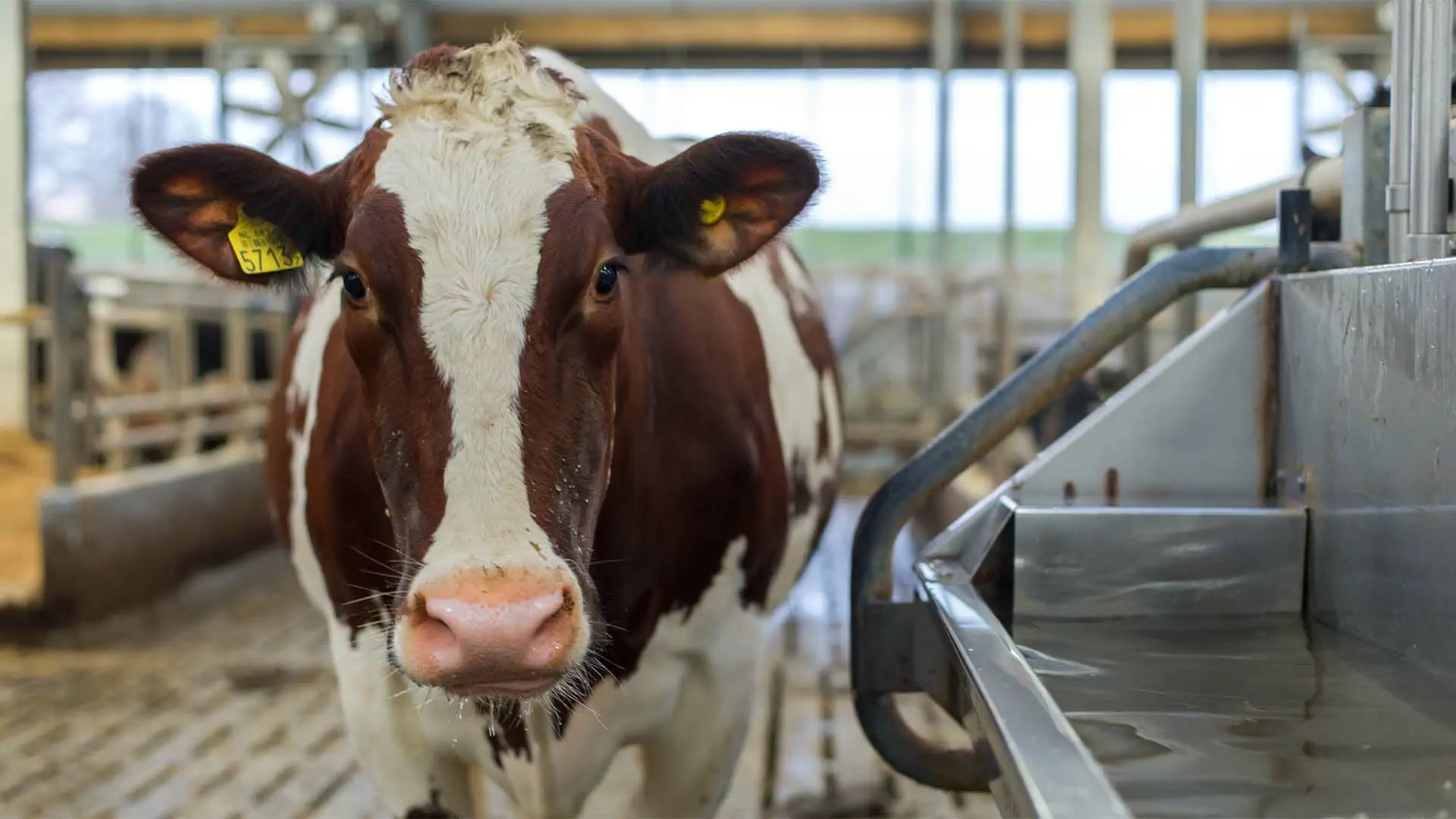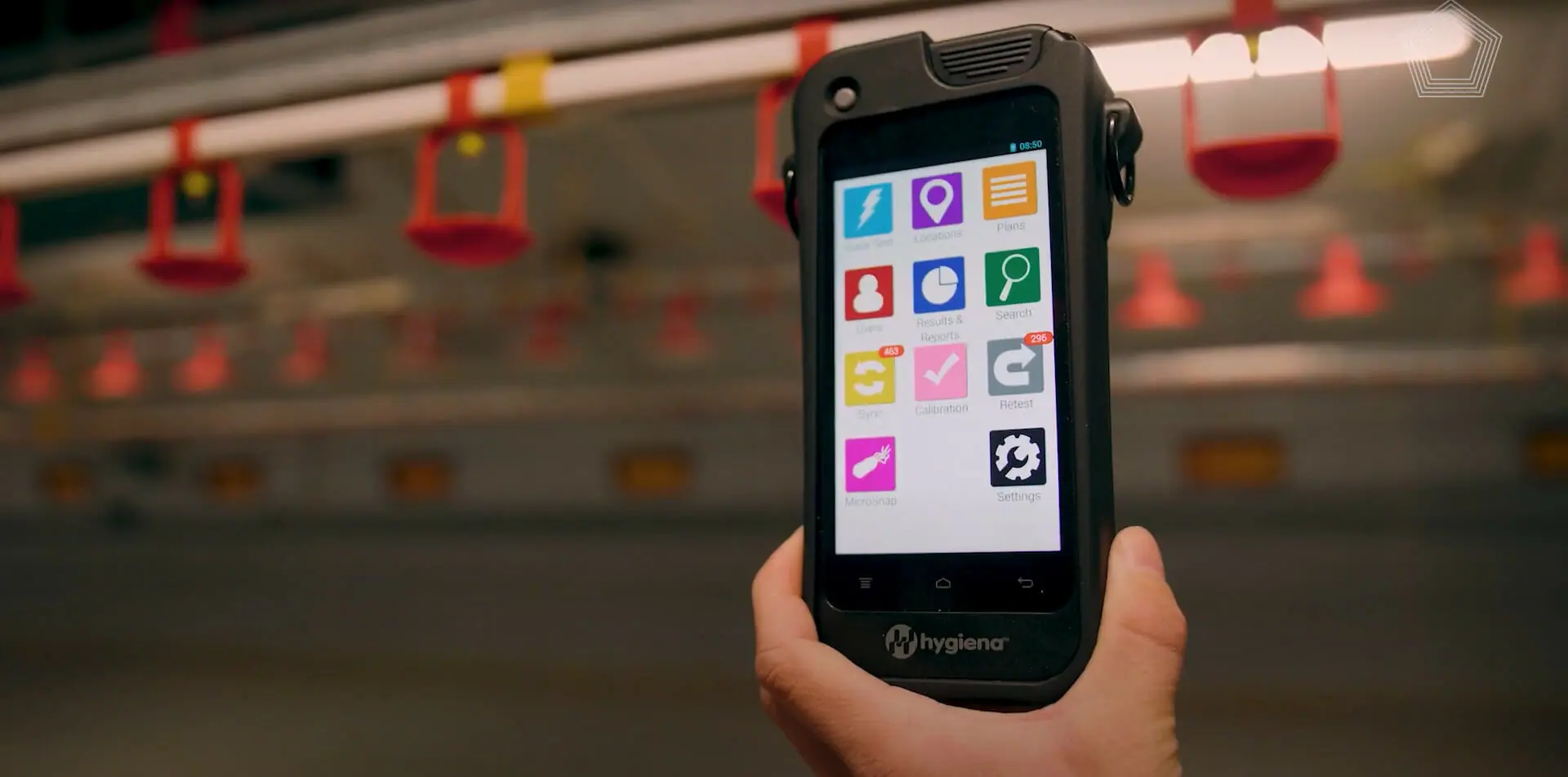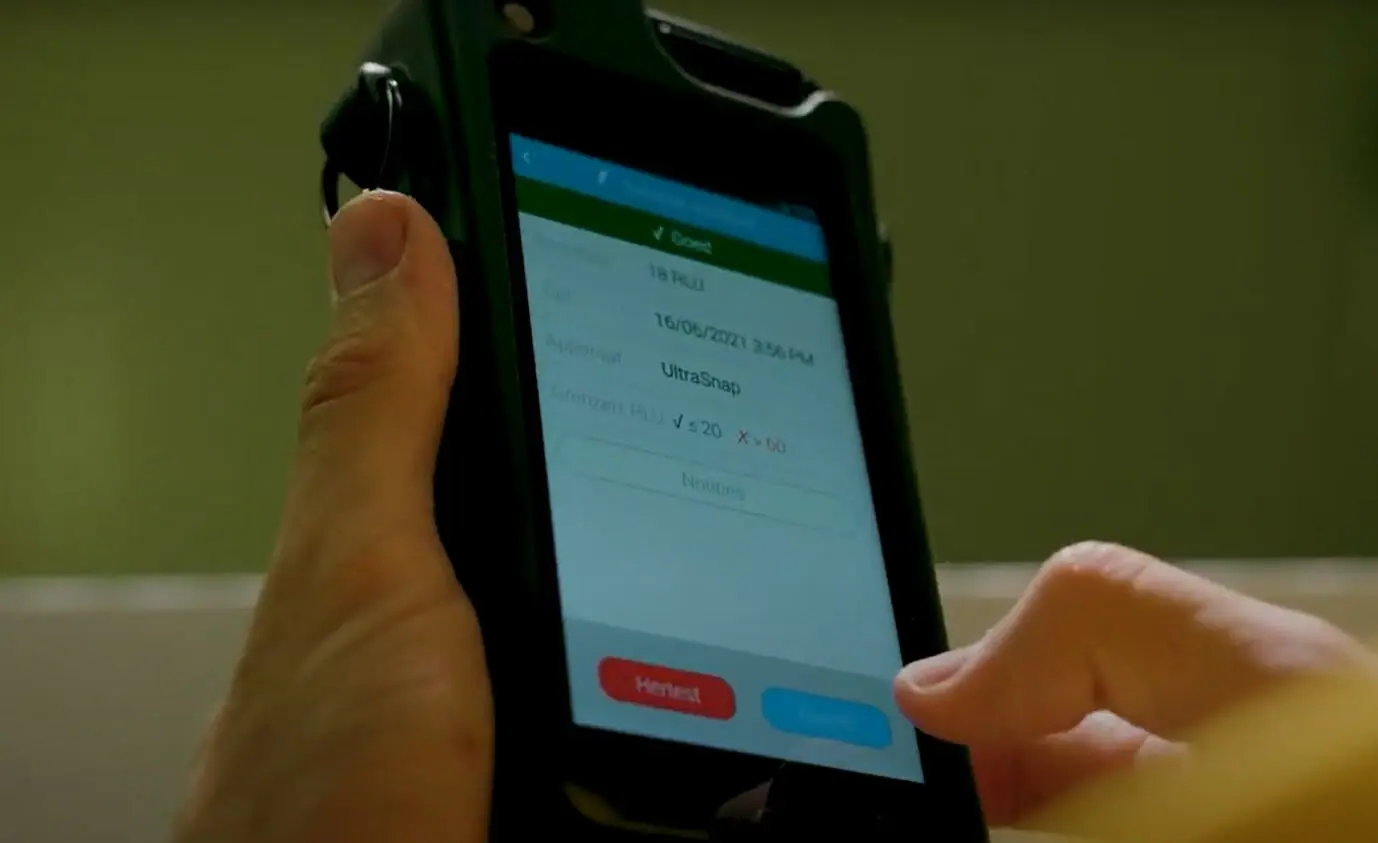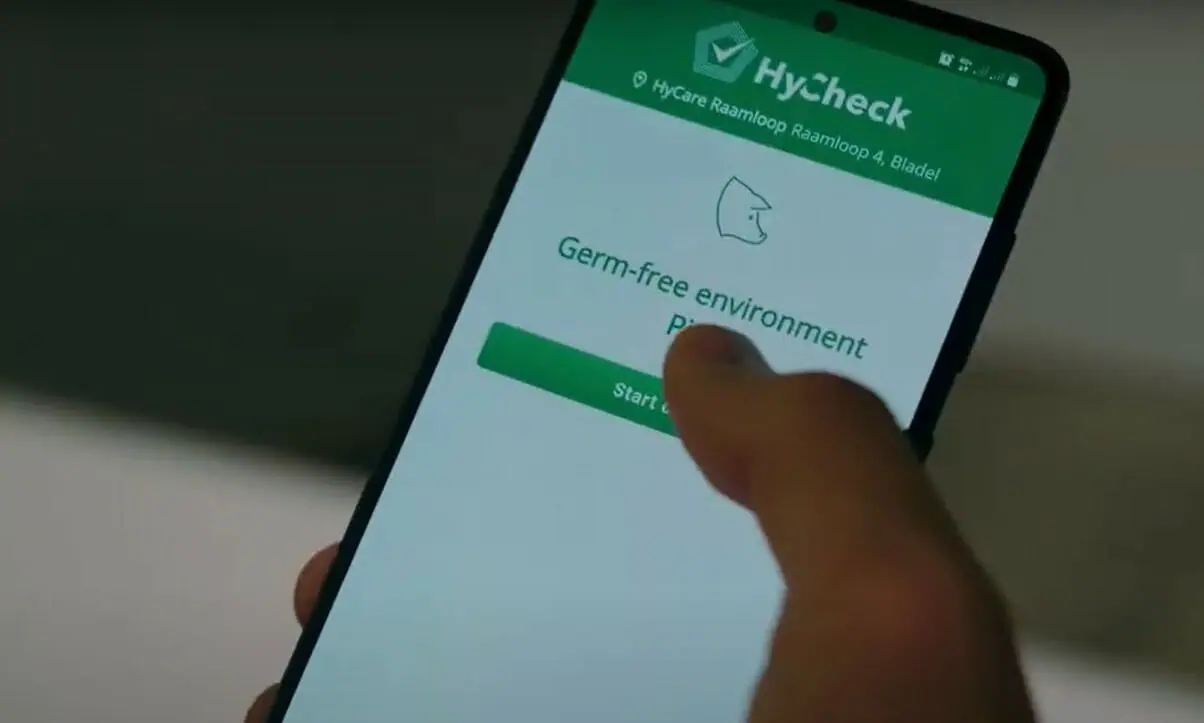Research by means of the GD VIR-Check is a method to assess the entire cleaning and disinfection process. Six cloacal swabs per house are taken at the age of 6 to 7 days. These are tested for 5 naked viruses, which are difficult to remove from a barn. These are also the viruses which the chicks come in contact with first and which are at the highest level on day 6-7.
Studies using this method show that there is a correlation between the quality of cleaning and disinfection and the technical figures.
A reduction of the VIR score by 60 points results in:
- 0.9% less mortality (approx. 1.6 cents/chick)
- 3 points lower net feed conversion (approx. 2.1 cents/chick)
- 2.4 grams of extra growth per day (approx. 8 cents/chick)
In this example, this technical improvement yields about 11.7 cents per broiler. Of course, the starting prices may vary.
In order to achieve this, the following issues are crucial:
- Removing manure from the stable and rinsing the stable roughly before using a cleaning agent is crucial. In a layer of manure or dust, a detergent is much less effective.
- A high-quality cleaning agent does the work for you. The following applies: result = degreasing power x contact time. The stronger the degreasing power and the longer the contact time, the better the cleaning. With a good cleaning, more than 95% of pathogens are removed.
- Allow the barn (and especially the floor!) to dry as much as possible before disinfecting.
- Porous surfaces (concrete) should always be disinfected wet and the rest of the stable can be disinfected dry. A higher degree of wetting has much more effect than increasing the concentration of disinfectant. For wet disinfection, at least 350 ml of solution per m2 must be applied. For dry disinfection, 20 grams of solution per m3 of stable volume is aimed for.
In order to maintain the better results, it is necessary to have a preventive cleaning and disinfection protocol. Do not act only when the disease pressure has caused (too much) technical and financial damage. A company-specific protocol should be drawn up for this.
